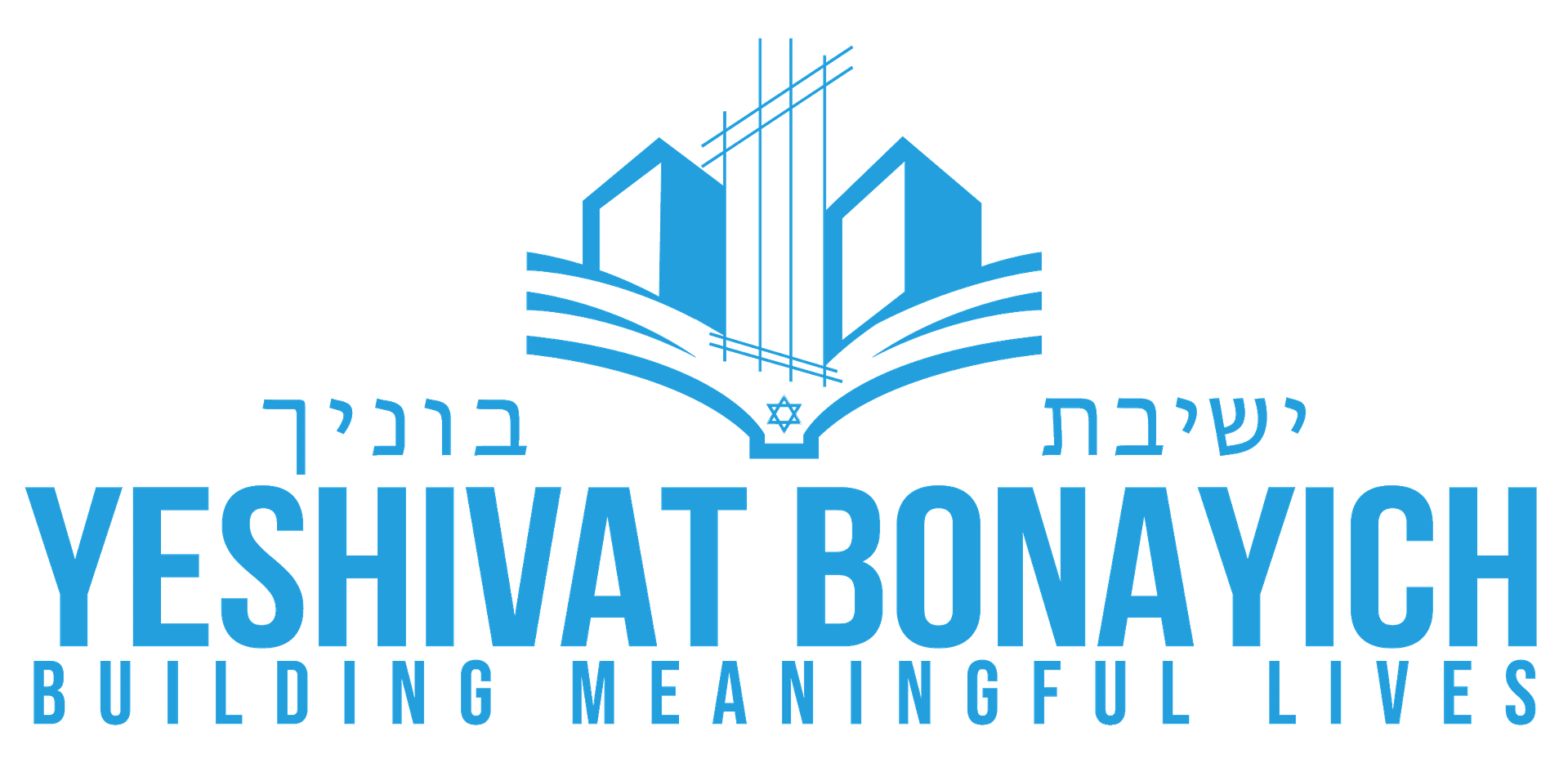
Over my years in Jewish education, the one subject that has generated the most commentary is Hebrew language. Almost no one seems satisfied with the way Hebrew is taught in day schools. Complaints range from the sublime, “Couldn’t we create a total immersion ecosystem?” to the nearly impossible, “Couldn’t we create a total immersion ecosystem?” to just about any other consideration imaginable.
One of the most common complaints is that with all the time we spend on teaching Ivrit, why aren’t the children fluent in the language. On the surface, the question seems very reasonable. After all, children going through the day school system have 12 or more years of interaction with the Hebrew language. Shouldn’t they gain a high level of fluency by the time they graduate?
But looking into the actual workings of the day school curriculum we will see why it doesn’t quite work the way parents expect.
First, a word about expectations. Parents demand fluency. That is absolutely unrealistic. To be fluent we would expect a person to be able to write a term paper in the chosen language. To read a reasonably straightforward high school text book in any course being taught. To have conversations about the challenges facing the world on a daily basis such as discrimination and racism, taxes and health care. (How many parents know the Hebrew terms for these issues?)
It would be wonderful if we had the time to develop a sufficiently rich curriculum that we could introduce such topics. And that we had teachers who could teach the general studies subjects in Hebrew so that our children would learn the terminology in an organic way.
But we don’t. So fluency is not really a practical possibility given the realities of the day school’s time constraints and budgetary limitations (if we paid enough, we could find math and history teachers who have native level fluency in Hebrew).
The bigger challenge that day schools face is on the other extreme. We provide Hebrew language instruction and other Hebrew laden experiences (for example, the men and women who come from Israel to perform their year of community service here). But what is the quality of that instruction? I am not talking about the teachers themselves, though that certainly is important as well. Simply being from Israel does not confer the ability to teach the Hebrew language.
My greater concern can be summed up with one question: If we had an English language learner come to our school and we provided the same level of instruction in English as we provide our own students in Hebrew, how long would it take for us to be run out of the field of education?
I know that that is a brutal assessment, but bear me out.
We use a text overwhelmingly written in an archaic grammatical construct to teach modern grammar.
We very often do not formally teach conjugation of verbs beyond the simple active (בנין קל).
We rely on vocabulary word lists. Once memorized, students often do not see the words again.
We provide classes, perhaps two or three times a week, where children are exposed to someone speaking to them in Hebrew, reviewing the word lists and perhaps engaging in simple conversation.
We do not have a sustained, robust reading program, where classrooms have leveled libraries of books on different topics of interest to the children.
We do not have a writing program where students learn techniques to write richly textured sentences and then paragraphs.
Of the four components necessary for language mastery, hearing comprehension, speaking fluency, reading comprehension and writing expression, we provide some listening opportunities.
I can already hear the complaints from schools who claim that they have robust “Ivrit b’Ivrit” programs.
Yes, there are schools that do provide instruction in their Jewish studies courses in Hebrew. Some of them actually stick with it throughout elementary school and even beyond, though from my experience, the boys generally do not get this exposure once they start learning mishna in fourth grade. And of the schools that do maintain Hebrew as the language of instruction, I wonder how rich the conversation is when not discussing the written text. I honestly do not know. I’d like to be pleasantly surprised.
What upsets parents even more is that their children learn foreign languages in high school and end up with greater comfort speaking, reading and writing those languages than they do Ivrit, which they have been learning for years longer.
So how do we go about trying to address the situation?
A good start would be to treat learning Hebrew the same way we treat learning English. In general studies, we focus on English Language Arts (ELA). According to the International Council of Teachers of English, the five strands of the language arts are reading, writing, speaking, listening, and viewing. We spend time individually on each of these areas (though viewing does not get a great amount of attention).
In Ivrit instruction, we tend to focus on conversation. Often very stilted, situational interactions. Going to a store to buy ice cream, for example. We do not make time in the day for grammar. For expressive writing. For informational reading. For pleasure reading. If we changed our curriculum to parallel in Hebrew what is being taught in ELA, we would probably see significant improvement in our children’s comprehension of Ivrit.
Okay, so we blow up the curriculum. What gets cut out? After all, if we are suddenly going to dramatically increase the time spend on HLA (Hebrew Language Arts), we have to take time away from something else. I think if we looked at how time is spent in Jewish studies, we would find that we are not working as efficiently as we could.
We can teach children mathematics, all the way from arithmetic to calculus over the course of their educational careers on 30-45 minutes a day of instruction. There are scaffolded curricula that show how to get from the beginning level to the end level year by year. The same is true for the sciences and most other subjects taught in school.
On the general studies side of the ledger.
But on the Jewish studies side we often find a black hole. This is the time allotted to “Kodesh.” How that time gets used is often very fuzzy. Do girls really need to color in work sheets in sixth grade? And even when children get older and education becomes departmentalized and periods are assigned to each subject, without a carefully constructed curriculum delineating comprehension skills and analytical skills year by year, we often end up going in circles around a very narrow set of skills. How many years in a row do students need to learn קל עבר? Or the Hebrew months of the year and the holidays in each month? Imagine only teaching past tense in English. For the entirety of high school.
The challenge is great. I readily admit my personal past failure to address the problem in my previous positions. It took a long time for me to actually think through and conceptualize the steps necessary to address the situation. And that only started after I wrapped my brain around the specific issues that needed to be addressed. It is much more complex than Ivrit b’Ivrit and fluency.
But now that I have had the time to think it through, and to suggest the beginnings of an approach to addressing the problem, the real work begins. Curricula have to be written that stretch globally across primary and secondary schooling. Curricula that build on prior years’ work, with the expectation that the children have gained the skills identified previously. There actually is such a curriculum, Tal Am, out of Israel. But to be used to full effect, it requires a school to accept the entire curriculum, including instruction in other Jewish subjects. Many schools are not willing, rightly so, to hand over their entire religious instruction to an outside company.
The first step in solving a problem is identifying the problem. I think we did that.
The second step is identifying a possible solution. We’re on our way there.
The third step is implementing the solution. That’s where we have our work cut out for us.


As a youth, I went to a school that taught “ivrit-b’ivrit” – purely in Hebrew from 1st grade. Initially, we may not have progressed in other studies as quickly as the traditional yeshivot, but by the 4th or 5th grade, we were purely acclimated to doing all our work in Hebrew to the point that we didn’t need to pre-process into English and then re-process to Hebrew
By the 6th grade, we were discussing mishnayot and some talmud in the natural language where the verb structure of the material could be directly incorporated in our discussion, rather than listening to some kid say “he did yibbum”.
It takes commitment on the part of the school; and it takes commitment on the part of the teachers;
and after 70 years of Israel being in business and 50 years of American students going to learn in Israel, it’s pretty embarrassing that 19-year old American students need special schools and classes designed to compensate for their deficiency – not in modern, street Hebrews, but rather in their inability to “think in lashon hakodesh”